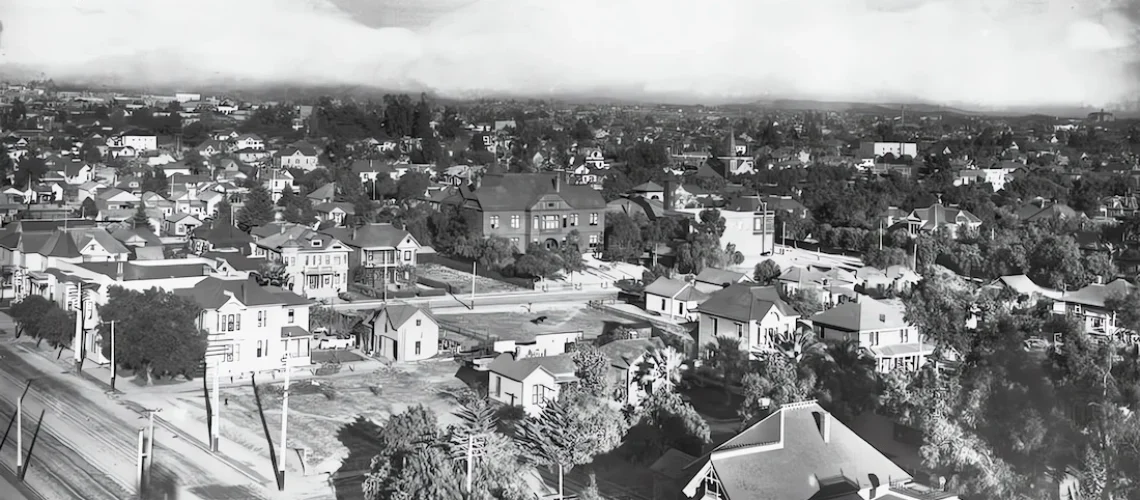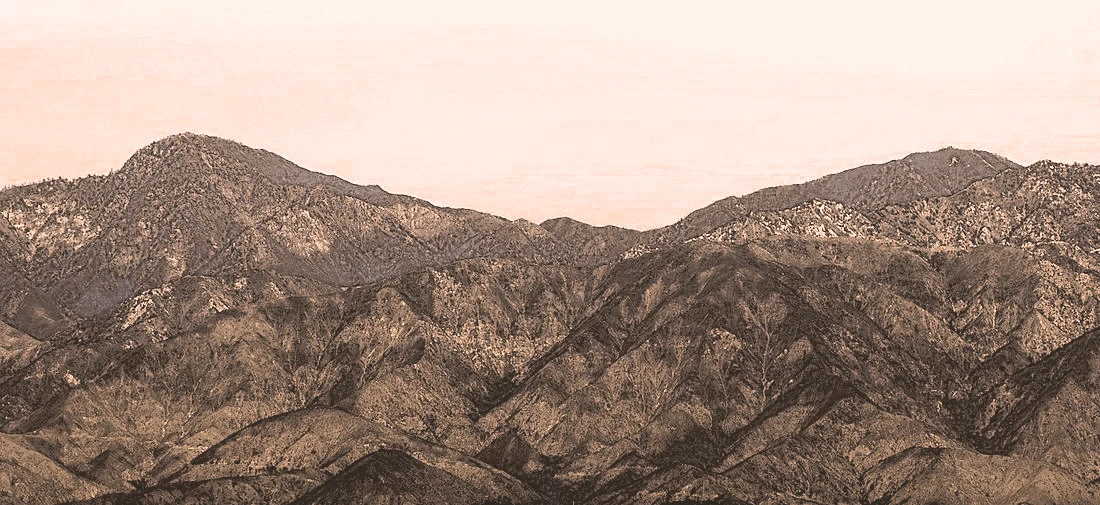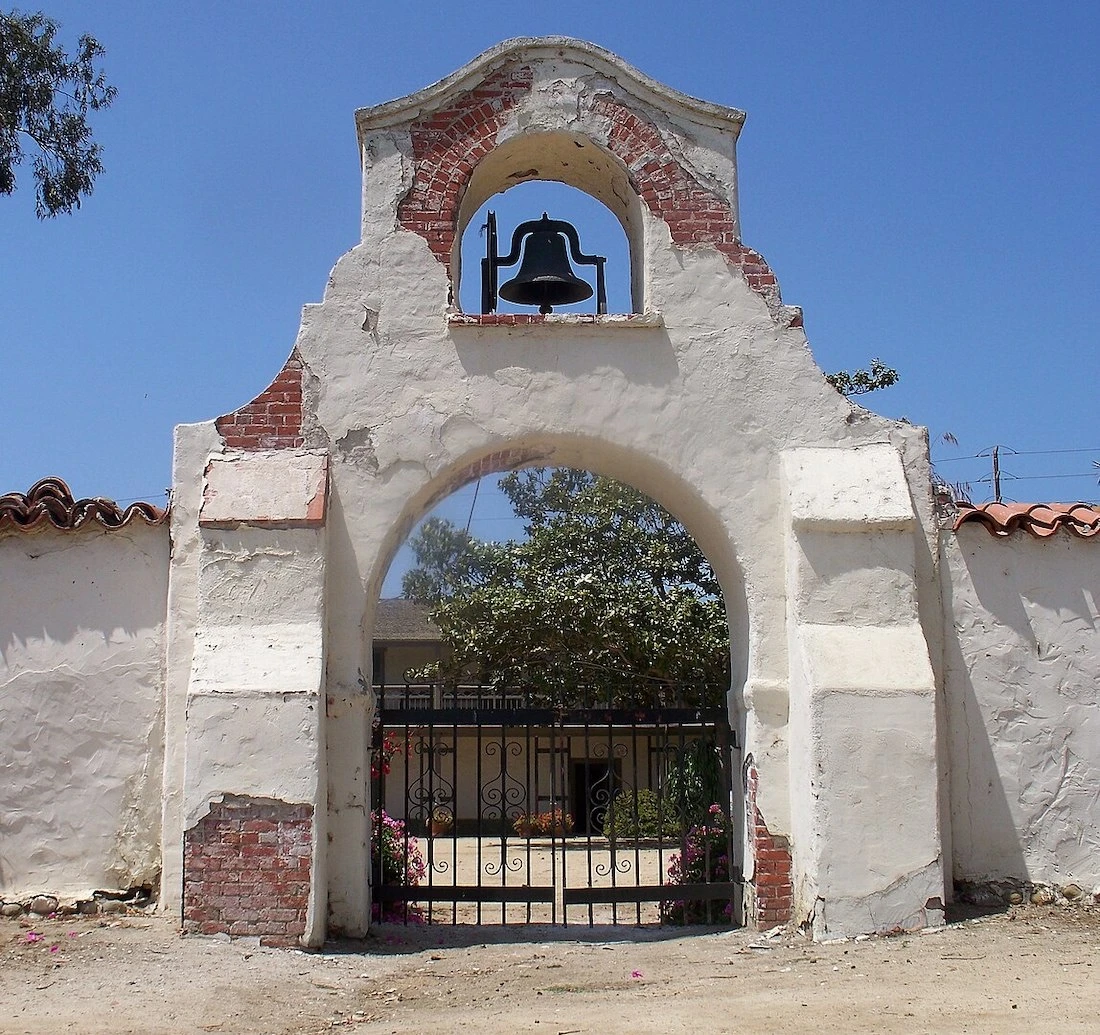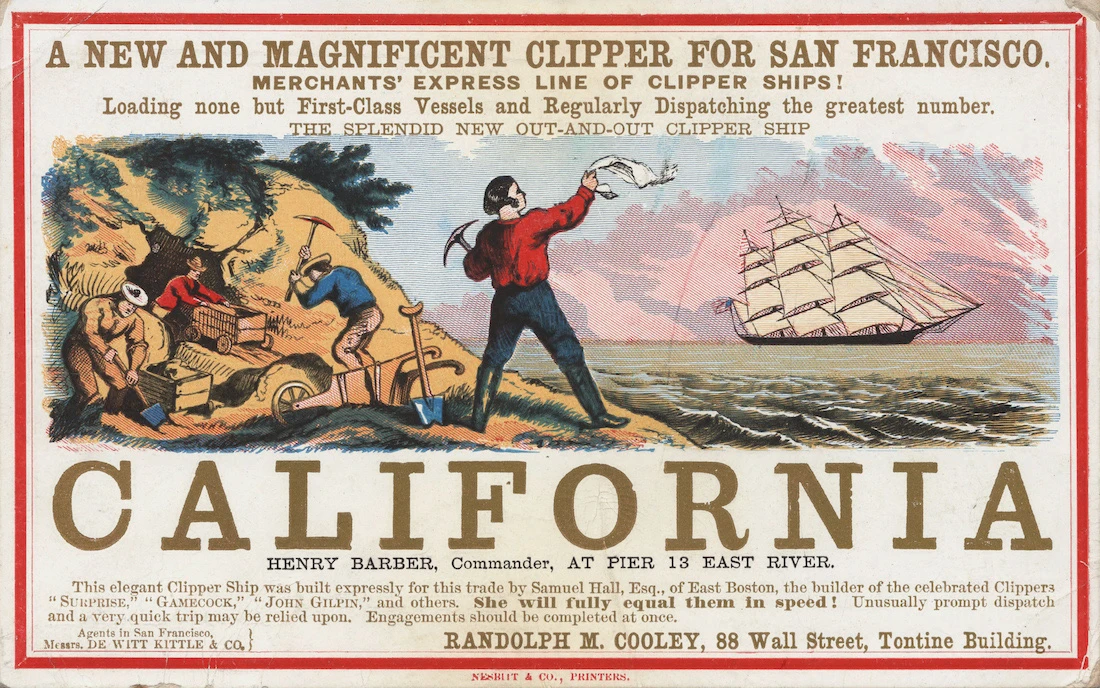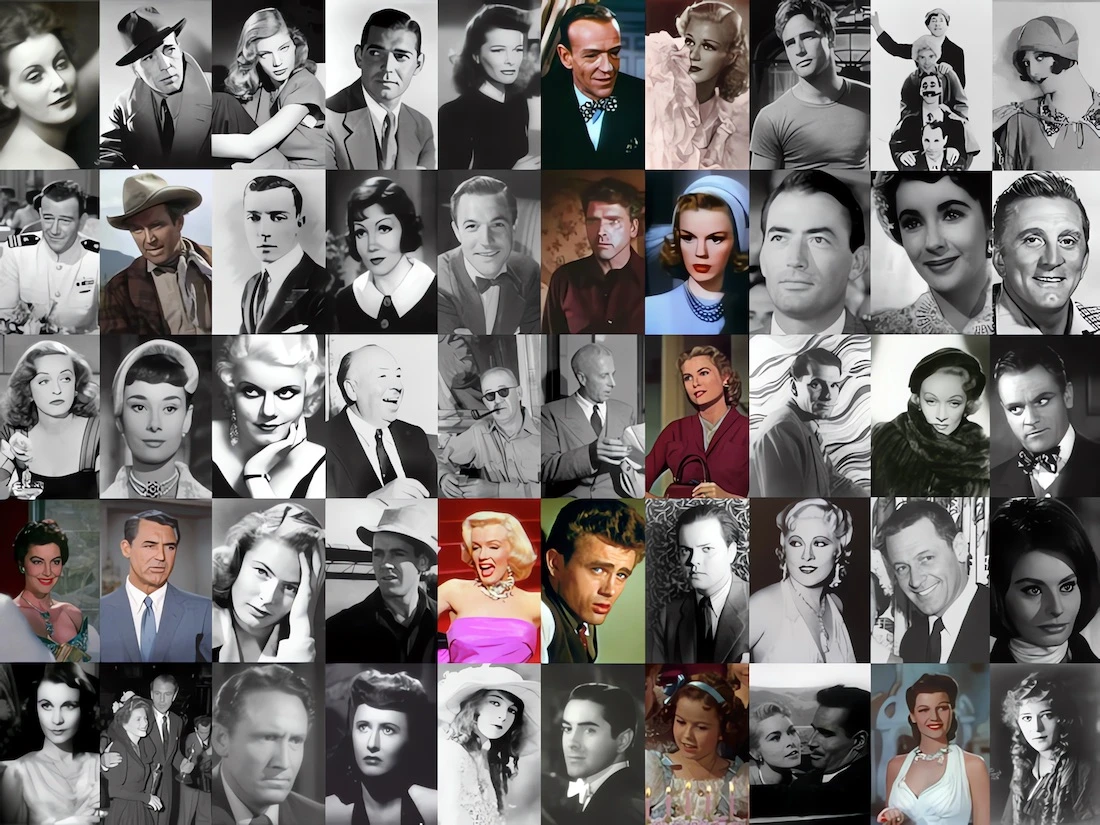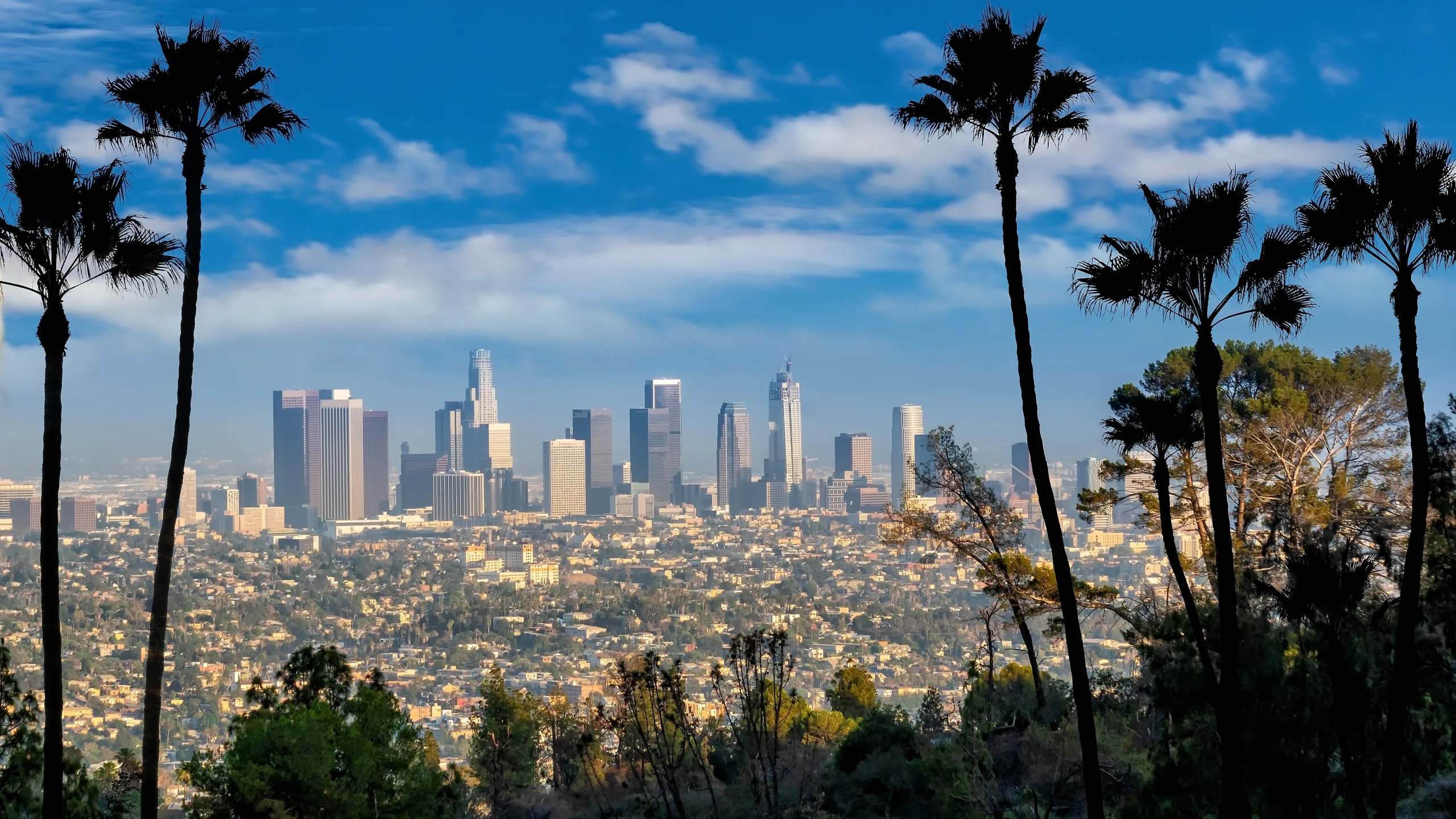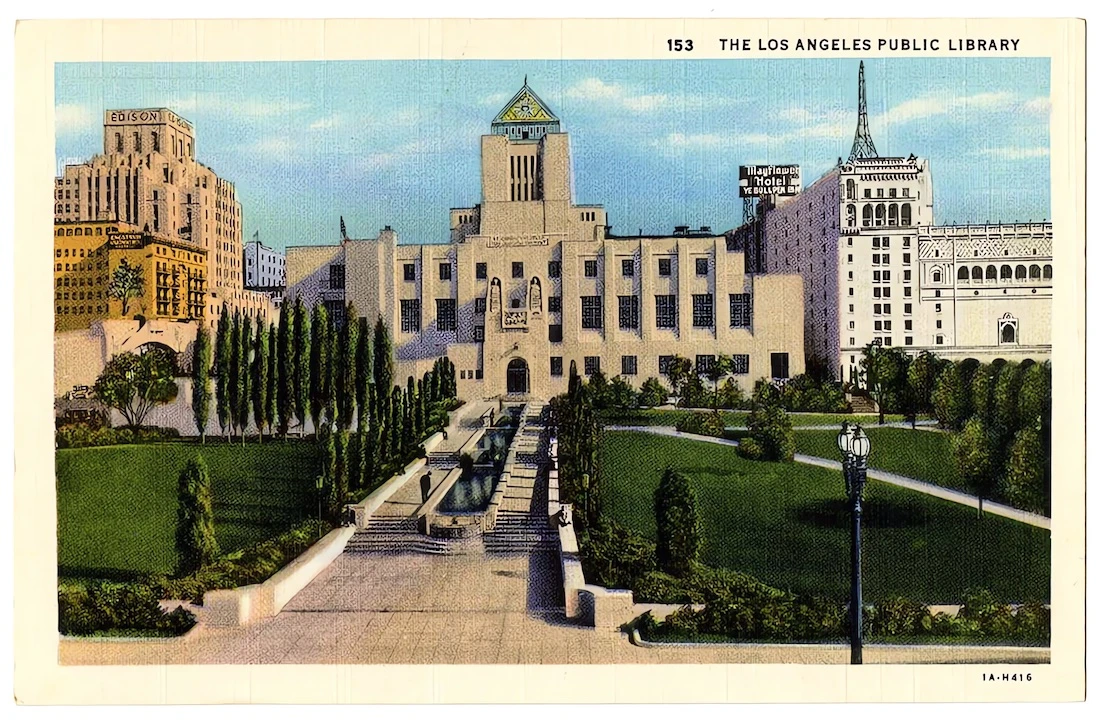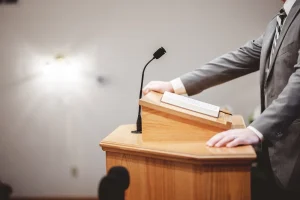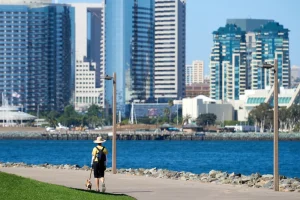Unveiling Los Angeles: A Prelude to Its Rich Tapestry
Los Angeles, often dubbed the “City of Angels,” stands as a beacon of hope, dreams, and endless possibilities. Nestled in the heart of California, this sprawling metropolis has been the backdrop for countless stories, from the tales of its indigenous inhabitants to the glittering chronicles of Hollywood. Its significance in California, and indeed the world, cannot be overstated. With its sun-kissed beaches, iconic landmarks, and a rich tapestry of cultures, Los Angeles is more than just a city; it’s a living, breathing testament to the human spirit’s resilience and ambition.
As we delve into the vibrant history of Los Angeles, it’s essential to acknowledge the new guardians of its narrative. Enter Phoong Law, a personal injury law firm that, while new to the Los Angeles scene, is no stranger to the Golden State. Having spent over a decade in Northern California, primarily in Sacramento and the Bay Area, Phoong Law has been a beacon of hope for countless victims of personal injury accidents. Their commitment to the communities they serve is unwavering. With a culturally diverse team, they understand the nuances and needs of the varied populace, ensuring that every voice is heard and every story is honored.
While Phoong Law’s roots in Los Angeles might be relatively fresh, their dedication runs deep. Just as Los Angeles has evolved and grown over the centuries, Phoong Law is poised to be a part of its next chapter, ensuring that the city’s residents have a trusted ally in their corner. As we journey through the annals of Los Angeles’s history, let’s also celebrate the new stories being written, with firms like Phoong Law leading the charge in community commitment and service.
Stay tuned as we embark on this captivating journey through time, exploring the rich history of Los Angeles and the role of its modern-day guardians.
The Early Beginnings: Native American Era
Before the bustling streets of Los Angeles and the iconic Hollywood sign, the land was home to diverse indigenous communities, each with its unique culture, traditions, and way of life.
Indigenous Peoples and Their Way of Life Before European Contact
The indigenous peoples of the Los Angeles basin led a life deeply connected to the land. They relied on the region’s natural resources, from the ocean’s bounty to the fertile plains, for sustenance. These communities practiced hunting, fishing, and gathering, with a keen understanding of the region’s ecological balance. They lived in villages, often near water sources, and developed intricate social, political, and trade networks. Their spiritual beliefs were deeply rooted in nature, with rituals and ceremonies marking the seasons and life’s milestones1.
Tongva Tribe
The Tongva, also known as the Gabrielino or San Gabrielino tribe, were the primary inhabitants of the Los Angeles basin. Their territory spanned from present-day Los Angeles to the southern parts of Orange County and the offshore Channel Islands2. The Tongva lived in dome-shaped houses made of willow branches and tule reeds. They were skilled basket weavers, producing intricately designed baskets for various purposes, from storage to ceremonial use.
The Tongva had a rich oral tradition, with stories passed down through generations that explained the world around them and their place in it. They believed in a creator named Quaoar and revered the natural elements, especially the ocean and the sky3.
Chumash Tribe
To the northwest of Tongva territory, the Chumash inhabited the coastal region from Malibu to San Luis Obispo, as well as the Channel Islands. The Chumash were known for their advanced maritime skills, crafting plank canoes called “tomols” that they used for fishing and trading along the coast and between the islands4.
The Chumash were also adept at rock art, leaving behind a legacy of intricate paintings in caves and on cliff faces. These artworks, often created using natural pigments, depicted animals, human figures, and abstract patterns, providing insights into their spiritual beliefs and daily life5.
The arrival of European explorers in the late 18th century marked a significant turning point for these indigenous communities. The subsequent colonization brought diseases, forced labor, and cultural disruption, leading to a decline in their populations and way of life. However, the legacy of the Tongva, Chumash, and other indigenous tribes remains an integral part of Los Angeles’s rich tapestry, reminding us of the land’s original stewards.
Footnotes
Lightfoot, K. G., & Parrish, O. (2009). California Indians and Their Environment. University of California Press. ↩
McCawley, W. (1996). The First Angelinos: The Gabrielino Indians of Los Angeles. Malki Museum Press/Ballena Press. ↩
Blackburn, T. C. (Ed.). (1976). December’s Child: A Book of Chumash Oral Narratives. University of California Press. ↩
Arnold, J. E. (1987). Craft Specialization in the Prehistoric Channel Islands, California. University of California Press. ↩
Grant, C. (1965). Rock Art of the American Indian. Thomas Y. Crowell Co. ↩
Spanish Exploration and Colonization
The late 18th century marked a pivotal era in the history of the Los Angeles region, as Spanish explorers set foot on its shores, forever altering the trajectory of its indigenous inhabitants and laying the foundation for the modern city we know today.
Arrival of Spanish Explorers in the Late 18th Century
The Spanish exploration of California began in earnest with the voyages of Juan Rodríguez Cabrillo in 1542, though it wasn’t until the late 18th century that they began to establish a permanent presence in the region1. The primary motivation for Spanish exploration and colonization was to expand Spain’s territories, spread Christianity, and establish a buffer against other European powers, especially the Russians and the British, who were also showing interest in the Pacific Coast2.
In 1769, Gaspar de Portolá, a Spanish military officer, led an overland expedition from Baja California, aiming to establish missions and presidios (military forts) in the region. Accompanied by Franciscan friar Junípero Serra, they journeyed through what would become Los Angeles, marking the beginning of Spanish influence in the area3.
Establishment of the Mission San Gabriel Arcángel
In 1771, just two years after Portolá’s expedition, the Mission San Gabriel Arcángel was founded by Junípero Serra and fellow Franciscan priests. Located in present-day San Gabriel, just east of downtown Los Angeles, it was the fourth of the 21 missions established in California4.
The mission system aimed to convert the indigenous population to Christianity and integrate them into the Spanish colonial economy. At Mission San Gabriel, the native Tongva people were baptized and renamed “Gabrieleños” after the mission. They were taught Spanish customs, agriculture, and crafts, such as weaving and blacksmithing5.
Impact on the Native Population
The establishment of the missions, including San Gabriel Arcángel, had profound and often detrimental effects on the indigenous communities. While the missions introduced new agricultural techniques and crafts, they also disrupted traditional ways of life. The native population was subjected to forced labor, and their movements were restricted. European diseases, to which the indigenous people had no immunity, decimated their numbers6.
Cultural assimilation was aggressive. The Spanish sought to eradicate indigenous customs, languages, and spiritual practices, replacing them with Spanish and Catholic traditions. Over time, many of the native customs and traditions faded, and the indigenous population became increasingly dependent on the mission system for survival7.
While the Spanish exploration and colonization brought new technologies, religions, and cultures to the Los Angeles region, it also marked the beginning of a challenging period for its indigenous inhabitants, whose way of life was forever altered.
Footnotes
Kelsey, H. (1986). Juan Rodríguez Cabrillo. The Huntington Library. ↩
Chapman, C. E. (1921). A History of California: The Spanish Period. The Macmillan Company. ↩
Rawls, J. J., & Bean, W. (2003). California: An Interpretive History. McGraw-Hill. ↩
Engelhardt, Z. (1927). San Gabriel Mission. Mission San Gabriel. ↩
Hackel, S. W. (2005). Children of Coyote, Missionaries of Saint Francis: Indian-Spanish Relations in Colonial California, 1769-1850. University of North Carolina Press. ↩
Castillo, E. D. (1998). The History of California Indians. In A Companion to California History (pp. 16-36). John Wiley & Sons. ↩
Lightfoot, K. G. (2005). Indians, Missionaries, and Merchants: The Legacy of Colonial Encounters on the California Frontiers. University of California Press. ↩
Mexican Era and the Ranchos
The early 19th century ushered in a new chapter for the Los Angeles region as it transitioned from Spanish to Mexican rule. This period, characterized by the establishment of vast ranchos and significant cultural and economic shifts, laid the groundwork for the diverse and dynamic metropolis that Los Angeles would become.
Transition from Spanish to Mexican Rule
In 1821, after a decade-long struggle for independence, Mexico successfully broke free from Spanish colonial rule. As a result, the territories that Spain once controlled in the Americas, including California, became part of the newly formed Mexican Republic1. This transition brought about administrative and political changes, with the mission system gradually secularized and their vast landholdings redistributed.
The Land Grant System and the Rise of the Ranchos
One of the most significant policies of the Mexican government in California was the land grant system. Beginning in the 1830s, the Mexican authorities started granting vast tracts of land to private individuals, often military officers and influential citizens2. These land grants, known as “ranchos,” ranged from a few thousand acres to tens of thousands. The ranchos became the backbone of California’s economy during the Mexican era, with cattle ranching as the primary industry.
The hide and tallow trade flourished, with cowhides, often referred to as “California banknotes,” being a major export product3. The ranchos not only transformed the economic landscape but also the physical one. Vast herds of cattle roamed the plains, and the ranchero elite built grand adobe homes, symbolizing their status and wealth.
Cultural and Economic Shifts During This Period
The rancho era brought about significant cultural shifts. While the Spanish period was marked by the dominance of the mission system and its religious influence, the Mexican era saw a blending of indigenous, Spanish, and Mexican traditions. Fandangos, large community dances and celebrations, became popular, showcasing the melding of these cultures4.
Economically, the focus shifted from the mission-based agrarian economy to a more market-driven one centered on the ranchos. Trade routes expanded, and California, particularly the Los Angeles region, began to see an influx of foreign traders and settlers, especially from the United States.
However, this period was not without its challenges. Land disputes were common, given the often vague boundaries of the ranchos. Moreover, the increasing influence and presence of American and European traders and settlers set the stage for future conflicts and the eventual American takeover in the mid-19th century5.
In essence, the Mexican era and the rise of the ranchos were instrumental in shaping the cultural and economic fabric of Los Angeles, setting the stage for the diverse and dynamic city it would become.
Footnotes
Beezley, W. H., & Meyer, M. C. (2000). The Oxford History of Mexico. Oxford University Press. ↩
Monroy, D. (1999). Thrown Among Strangers: The Making of Mexican Culture in Frontier California. University of California Press. ↩
Bancroft, H. H. (1886). History of California: 1825-1840. The History Company. ↩
Pitt, L. (1966). The Decline of the Californios: A Social History of the Spanish-Speaking Californians, 1846-1890. University of California Press. ↩
Haas, L. (1995). Conquests and Historical Identities in California, 1769-1936. University of California Press. ↩
American Annexation and the Gold Rush
The mid-19th century was a transformative period for Los Angeles and the broader California region. The American annexation, followed by the frenzied Gold Rush, brought about rapid changes, both demographically and economically, setting California on a trajectory towards becoming a major player in the nation’s affairs.
The Treaty of Guadalupe Hidalgo and the Incorporation of California into the U.S.
The Mexican-American War, which raged from 1846 to 1848, was a conflict between the United States and Mexico, primarily over territorial disputes in Texas. The war concluded with the signing of the Treaty of Guadalupe Hidalgo on February 2, 18481. Under the terms of the treaty, Mexico ceded a vast expanse of its northern territories, including present-day California, Arizona, New Mexico, and parts of Colorado, Nevada, Utah, and Wyoming, to the United States.
In exchange, the U.S. agreed to pay Mexico $15 million and assume $3.25 million in debts that the Mexican government owed to American citizens2. With this treaty, California, with Los Angeles as one of its pivotal regions, transitioned from Mexican to American governance. This change in sovereignty set the stage for California’s eventual statehood, which was granted just two years later in 1850.
The Impact of the Gold Rush on Los Angeles’s Growth and Development
While the discovery of gold at Sutter’s Mill in 1848 is often associated with Northern California, its ripple effects were felt profoundly in Los Angeles. The Gold Rush attracted a massive influx of settlers, adventurers, and fortune-seekers from across the globe, dramatically increasing California’s population3.
Los Angeles, though not a primary mining hub, benefited from its strategic location as a supply and trade center. The city became a pivotal point for goods and services catering to the needs of the growing population in the gold fields. Merchants, ranchers, and traders in Los Angeles capitalized on this boom, supplying fresh produce, cattle, and other essentials to the mining regions4.
Moreover, the Gold Rush brought a diverse group of immigrants to California, and Los Angeles was no exception. The city saw an influx of people from various backgrounds, including Europeans, Latin Americans, and Chinese, further enriching its cultural tapestry.
However, the rapid growth also brought challenges, including land disputes, tensions between different ethnic groups, and the strain on natural resources. Yet, through these challenges, Los Angeles solidified its position as a key player in California’s economic and cultural landscape.
In conclusion, the American annexation and the subsequent Gold Rush were pivotal in shaping Los Angeles’s destiny. From a sleepy rancho town, it transformed into a bustling and diverse city, laying the foundation for the global metropolis it would become.
Footnotes
Deverell, W. (2004). Whitewashed Adobe: The Rise of Los Angeles and the Remaking of Its Mexican Past. University of California Press. ↩
Ohrt, W. (1997). The Treaty of Guadalupe Hidalgo, 1848: A Primary Source Examination of the Treaty That Ended the Mexican-American War. The Rosen Publishing Group. ↩
Brands, H. W. (2002). The Age of Gold: The California Gold Rush and the New American Dream. Doubleday. ↩
Robinson, W. W. (1948). Los Angeles in Civil War Days, 1860-1865. University of California Press. ↩
The Rise of the Entertainment Industry
Los Angeles’s evolution into the global entertainment capital is a story of innovation, ambition, and a dash of serendipity. From the silent films of early Hollywood to the pulsating beats of the Sunset Strip, the city’s journey in the entertainment realm is as dynamic and captivating as the stories it tells on screen.
The Early Days of Hollywood and the Birth of the Film Industry
The origins of Hollywood as the film capital can be traced back to the early 20th century. Initially, the American film industry was primarily based in the East Coast, particularly in New York. However, filmmakers began to migrate westward, drawn by Southern California’s favorable climate, which allowed for year-round filming, and its diverse landscapes, offering a variety of backdrops1.
By the 1910s, Hollywood had become the epicenter of American filmmaking. The establishment of major film studios, such as Paramount, Warner Bros., and Universal, solidified its status. The silent film era, with stars like Charlie Chaplin and Mary Pickford, saw Hollywood producing a significant portion of the world’s films2.
The Growth of the Music and Television Sectors
While film was Hollywood’s first love, music and television weren’t far behind. The 1930s and 1940s saw the rise of iconic music venues like the Hollywood Bowl and the Palladium, hosting performances from legendary artists across various genres3.
The post-World War II era marked the advent of the television industry in Los Angeles. Major networks set up their bases, and by the 1950s, shows produced in LA were being broadcasted to living rooms across America. The city’s infrastructure, already in place for the film industry, facilitated this transition, making it a natural hub for television production4.
How Los Angeles Became the Entertainment Capital of the World
The confluence of talent, infrastructure, and a conducive environment made Los Angeles a magnet for creatives from around the world. The city’s ability to adapt and innovate, whether it was the transition from silent films to talkies or embracing new genres of music, ensured its dominance in the entertainment sector.
Major events, such as the Academy Awards, further cemented its reputation on the global stage. Over the decades, the city’s influence expanded beyond the borders of the United States, with films, music, and television shows from Los Angeles resonating with audiences worldwide.
In essence, Los Angeles’s rise as the entertainment capital is a testament to its spirit of innovation, its embrace of diversity, and its unwavering commitment to storytelling in all its forms.
Footnotes
Koszarski, R. (2008). Hollywood on the Hudson: Film and Television in New York from Griffith to Sarnoff. Rutgers University Press. ↩
Schatz, T. (1998). The Genius of the System: Hollywood Filmmaking in the Studio Era. Metropolitan Books. ↩
Whitcomb, I. (2003). In the Pines: The History of American Folk Music. St. Martin’s Press. ↩
Hilmes, M. (1999). Hollywood and Broadcasting: From Radio to Cable. University of Illinois Press. ↩
Modern-Day Challenges and Triumphs
Los Angeles, with its iconic skyline and vibrant culture, is not just a city of dreams but also one of resilience. While its journey through the annals of history has been marked by remarkable achievements, it has also faced its fair share of challenges. From grappling with natural calamities to navigating complex socio-economic landscapes, LA’s story is one of both trials and triumphs.
The Challenges Faced by the City
Los Angeles’s geographical location and sprawling urban development have made it susceptible to various natural disasters. Earthquakes, such as the devastating Northridge quake of 1994, have periodically shaken the city, causing significant damage and loss of life1. Wildfires, fueled by the region’s dry climate and Santa Ana winds, have also posed recurrent threats, displacing communities and scarring the landscape.
Beyond the forces of nature, Los Angeles grapples with socio-economic challenges. The city has faced issues related to housing affordability, homelessness, and income inequality. As one of the most diverse cities globally, LA has also navigated racial and ethnic tensions, particularly evident during events like the 1992 Rodney King riots2.
The Emerging Role of Law Firms like Phoong Law in Los Angeles
As Los Angeles faces its myriad challenges, emerging personal injury law firms like Phoong Law are poised to play a crucial role in safeguarding the city’s residents. Though new to the city, Phoong Law brings with it a legacy of dedication from its years in Northern California, ready to assist victims of personal injury accidents, be they vehicular mishaps or other unexpected incidents.
Phoong Law’s commitment extends far beyond the courtroom. With a deep appreciation for Los Angeles’s rich cultural diversity, the firm aims to be more than just legal counsel. It aspires to be a pillar of support and community for its clients, ensuring they not only find justice but also the holistic support needed to navigate the aftermath of their challenges and rebuild their futures.
The City’s Resilience and Continuous Evolution
Despite the hurdles, Los Angeles’s spirit remains unbroken. Time and again, the city has showcased its resilience, whether it’s rebuilding after a disaster or coming together as a community to address socio-economic disparities.
Innovation hubs like Silicon Beach have driven technological advancements, while cultural initiatives continue to celebrate the city’s rich diversity. Community-driven projects, grassroots movements, and public-private partnerships have all contributed to LA’s continuous evolution, ensuring that it remains a beacon of hope, creativity, and resilience.
Los Angeles’s modern narrative is a testament to its indomitable spirit. While challenges persist, the city’s ability to adapt, grow, and thrive ensures that its future remains as bright as the California sun.
Footnotes
Los Angeles Today: A Melting Pot of Cultures
Los Angeles, often bathed in the golden hues of the Californian sun, is more than just a city of dreams; it’s a vibrant tapestry of cultures, each thread telling a unique story. Today, LA stands as a testament to the power of diversity, where myriad communities come together, creating a mosaic of experiences that resonate on a global scale.
The Diverse Communities That Make Up the City
From the historic neighborhoods of Boyle Heights and Little Tokyo to the bustling streets of Koreatown and the vibrant rhythms of Leimert Park, Los Angeles is home to a plethora of communities. The city boasts significant populations of Latinos, Asian, African American, Middle Eastern, and European residents, among others1. Each community, with its traditions, festivals, and narratives, adds a distinct flavor to the city’s cultural milieu.
The Cultural, Culinary, and Artistic Contributions of Various Ethnic Groups
Los Angeles’s culinary landscape is a direct reflection of its diversity. From the tantalizing tacos of East LA and the aromatic pho of Little Saigon to the rich curries of Little India and the fresh sushi rolls of Sawtelle, the city offers a gastronomic journey around the world.
But it’s not just food that showcases LA’s cultural richness. The city is a hub for art and music, with various ethnic groups contributing to its vibrant scene. Festivals like the Dia de los Muertos celebrations, the Lunar New Year parades, and the Pan-African Film Festival highlight the traditions and artistic expressions of different communities2.
The City’s Role as a Global Hub for Innovation and Creativity
Beyond its cultural and culinary offerings, Los Angeles is a nexus for innovation and creativity. The city is home to renowned institutions like Caltech, UCLA, and the Los Angeles County Museum of Art. The entertainment industry, with Hollywood at its core, continues to shape global pop culture, while Silicon Beach emerges as a tech innovation powerhouse.
The fusion of diverse minds and perspectives in Los Angeles has fostered an environment of collaboration and creativity, making the city a magnet for artists, scientists, entrepreneurs, and dreamers from all over the world.
In essence, Los Angeles today is more than just a city; it’s a living, breathing entity that celebrates diversity, champions innovation, and continuously evolves, embodying the spirit of unity in diversity.
Footnotes
Reflecting on Los Angeles: A Journey Through Time and Promise for the Future
A reflection on Los Angeles’s rich history and transformation over the centuries.
From its early days as home to indigenous tribes to its rise as the global entertainment capital, Los Angeles’s journey is a captivating tale of resilience, innovation, and evolution. The city, with its myriad cultures and communities, has continuously reinvented itself, adapting to challenges and seizing opportunities. Its history is not just a chronicle of events but a testament to the spirit of its people, who have shaped its destiny at every turn.
Phoong Law’s dedication to serving the community and its connection to the city’s past and future.
As Los Angeles looks to the future, personal injury lawyers like Phoong Law emerge as torchbearers of its legacy. While new to the city, Phoong Law brings with it a commitment to justice, community, and service. Their dedication to helping victims of personal injury accidents resonates with the city’s broader narrative of support and resilience. As Los Angeles continues its journey, law firms like Phoong Law stand ready to contribute to its next chapter, ensuring that the city’s residents have allies in their pursuits of justice, healing, and growth.
In essence, as we reflect on Los Angeles’s past and envision its future, it’s clear that the city’s spirit, marked by diversity, resilience, and innovation, will continue to shine brightly, guided by the contributions of its residents and institutions.
Join Our Commitment to Los Angeles: Your Path to Justice Begins Here
Los Angeles’s story is one of community, resilience, and unwavering spirit. As part of this vibrant tapestry, Phoong Law stands ready to assist, advocate, and ensure that every voice is heard. If you or a loved one has experienced a personal injury, know that you’re not alone on this journey.
We invite you to reach out to us, be it for legal guidance, support, or simply to understand your rights. With a dedicated team of personal injury attorneys that understands the nuances of Los Angeles and its diverse community, Phoong Law is more than just a personal law firm; it’s a partner in your pursuit of justice as well as recoup the money you deserve.
Connect with us today by calling 866-GOT-PAIN. For those who prefer digital communication, you can send us a secure message through our website. Your story matters, and we’re here to listen, support, and advocate on your behalf.
Let’s work together, not just for individual justice but to further our collective commitment to the Los Angeles community. Your call to action can make a difference, and Phoong Law is here to guide you every step of the way.



